Tibetan terriers: Friend to the famous, lovably lively and perhaps the Kennel Club's best-kept secret
They have a starry following, but characterful Tibetan terriers are still a well-kept secret. Emma Hughes meets the best dog of which you’ve never heard. Photographs by Sarah Farnsworth.
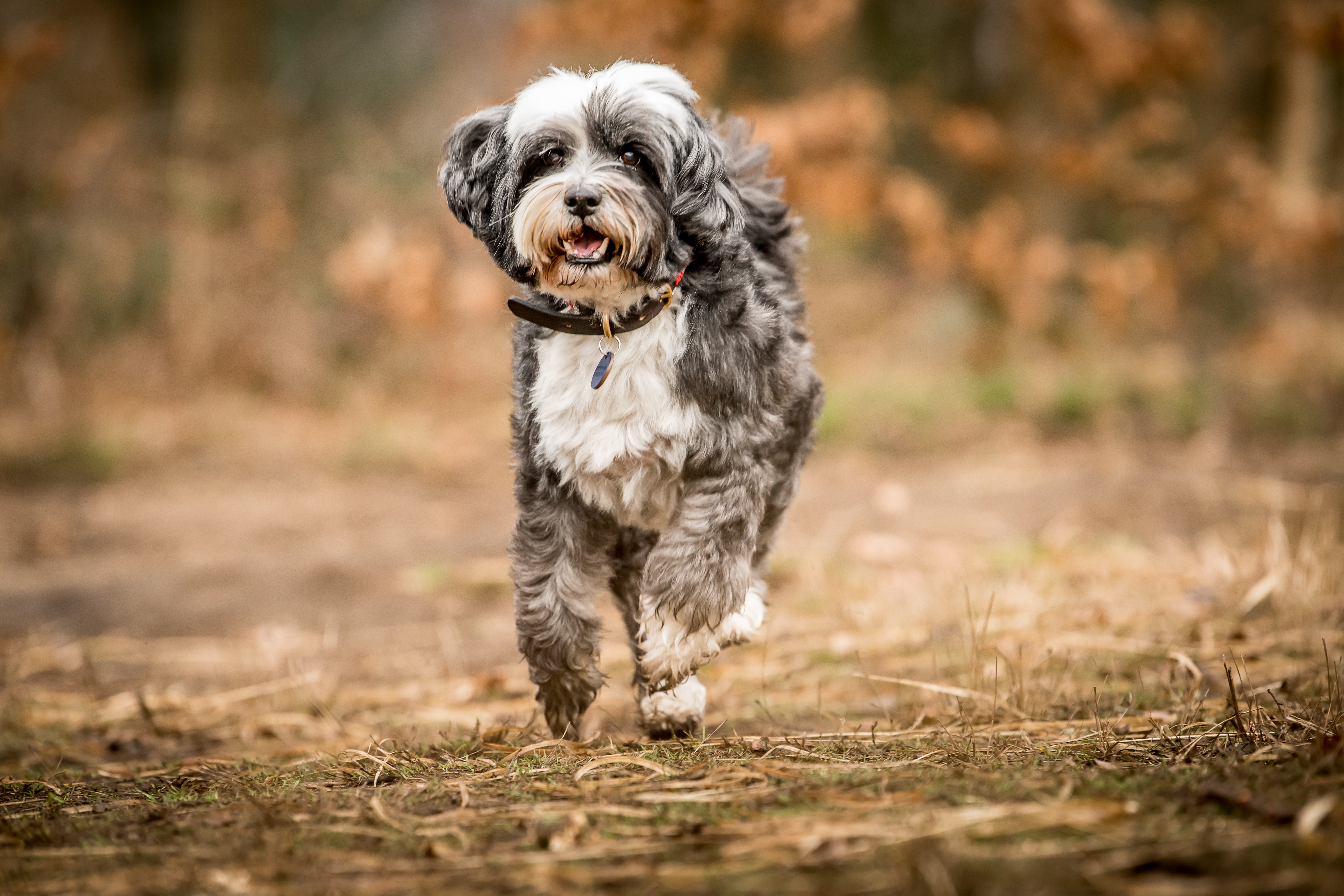

On screen, Hugh Bonneville is rarely without a yellow labrador: Pharoah, Isis and Tiaa, the Downton Abbey dogs, trotted alongside Lord Grantham for most of the programme’s run. However, off-set, his heart belongs to two charming eccentrics with considerable star power of their own: a pair of Tibetan terriers.
‘We were looking for a child-friendly dog when my son was very small, 11 years ago, and we happened to know a breeder who lived near us,’ he explains. Once they had been thoroughly vetted, the Bonnevilles were allowed to meet a litter, among which was a cuddly, all-black puppy with a crinkly coat and a quizzical expression. Mr Bonneville had thought it might be nice to give the dog a Tibetan name, but his son had other ideas and christened him Teddy.
Two and a half years ago, he was joined by Sasha, who’s black with a white bib. Together, they run rings around the family at home in West Sussex. ‘The idea of playing fetch with either of them is ridiculous,’ Mr Bonneville admits. ‘They demand a lot of tummy scratching and, in the evenings, they just want to be pampered.’
Nominative determinism seems to have played a part in shaping Teddy’s character. ‘Tibetans aren’t aggressive in any way and Teddy is certainly not an alpha male – in fact, he’s the most beta or even gamma dog you’ll ever meet,’ Mr Bonneville says, laughing.

However fond they might be of creature comforts, the pair love getting their paws dirty. ‘I’ve been doing the South Downs Way with some mates in 20-mile chunks recently and both of them have been coming along – Sasha, in particular, is very keen,’ Mr Bonneville says.
‘Dogs do eventually take on the characteristics of their owners and, like me, Teddy suddenly stops dead in his tracks and causes a Keystone Cops pile-up. The jury’s out as to whether he’s a genius or incredibly stupid. It’s a fine line, as I think many owners will acknowledge.’
Clownish and with outsized personalities, Tibetan terriers have a lot in common with Mr Bonneville’s marmalade-loving co-star of Paddington and Paddington 2: according to the Kennel Club’s (KC) breed standard, they’re ‘lively, good-natured’ with a generally ‘sturdy’ appearance and ‘many engaging ways’. And, like everyone’s favourite bear, they’ve covered a lot of ground to get here.
Exquisite houses, the beauty of Nature, and how to get the most from your life, straight to your inbox.
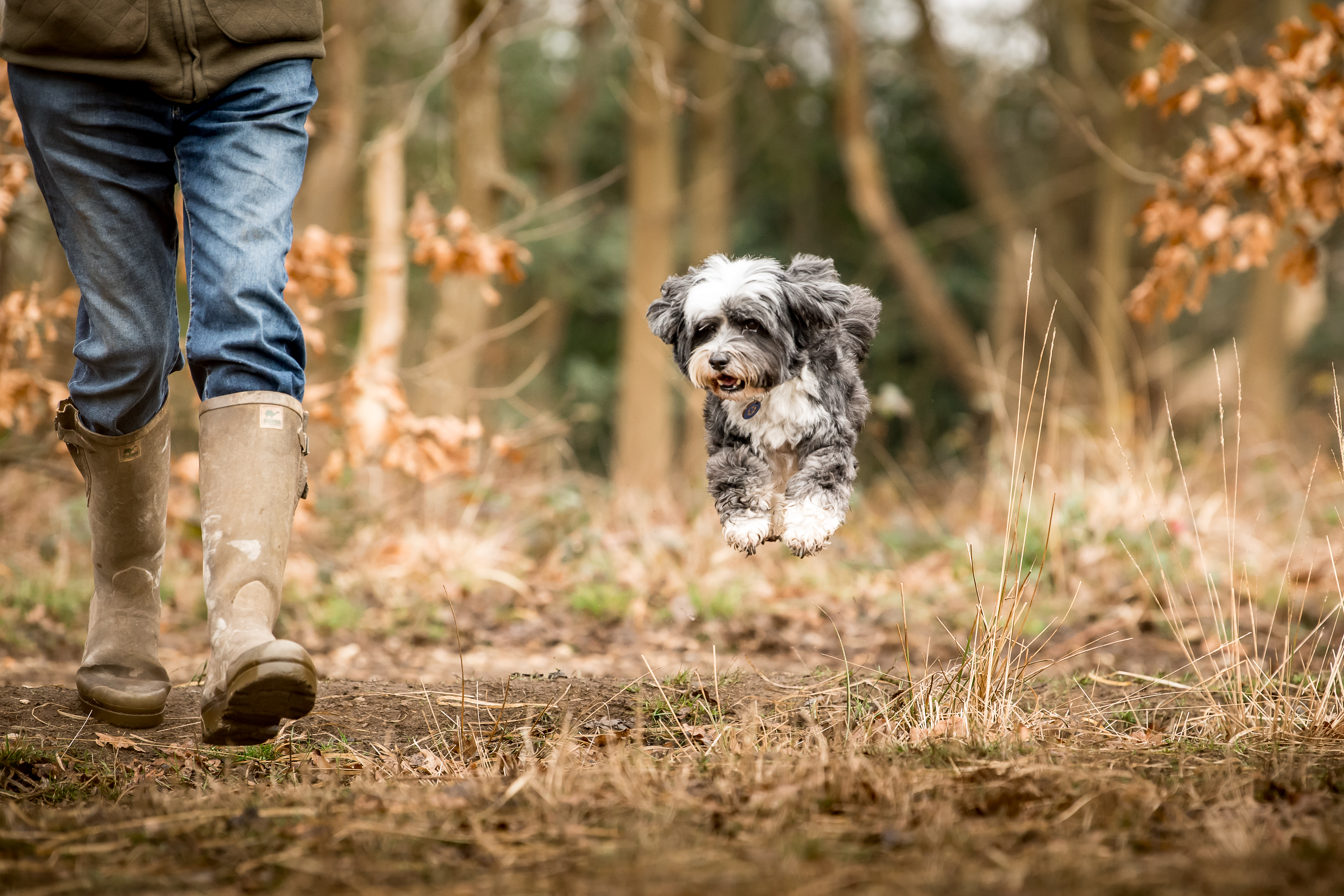
Their story begins some 6,000 miles from Britain (and 2,000 years ago) in the Himalayas, where a line of doughty little dogs was bred to guard temples and keep shepherds company in Tibet. With their low centre of gravity, large paws and distinctive, yodelling bark, the dogs were perfectly suited to navigating the mountains.
'He doesn’t like people wearing hoodies, Alsatians and one specific black labrador and he doesn’t do anything useful such as retrieve – but I can’t imagine life without him.’
There they might have stayed if a British-born, Delhi-based surgeon called Dr Agnes Greig hadn’t come to the region to run a medical clinic in 1922. When it was time for her to leave, she was presented with a white-and-gold Tibetan-terrier puppy by her patients to see her safely back to India. The dog, Bunti, caused a stir at the Delhi Dog Show and Dr Greig persuaded her Tibetan contacts to part with a mate for her, whom she named Rajah.
Four years later, she sailed home to England with a small army of dogs in tow, from which she continued to breed. Today’s Tibetans are all descended from that line and the breed was officially recognised by the KC in 1937.
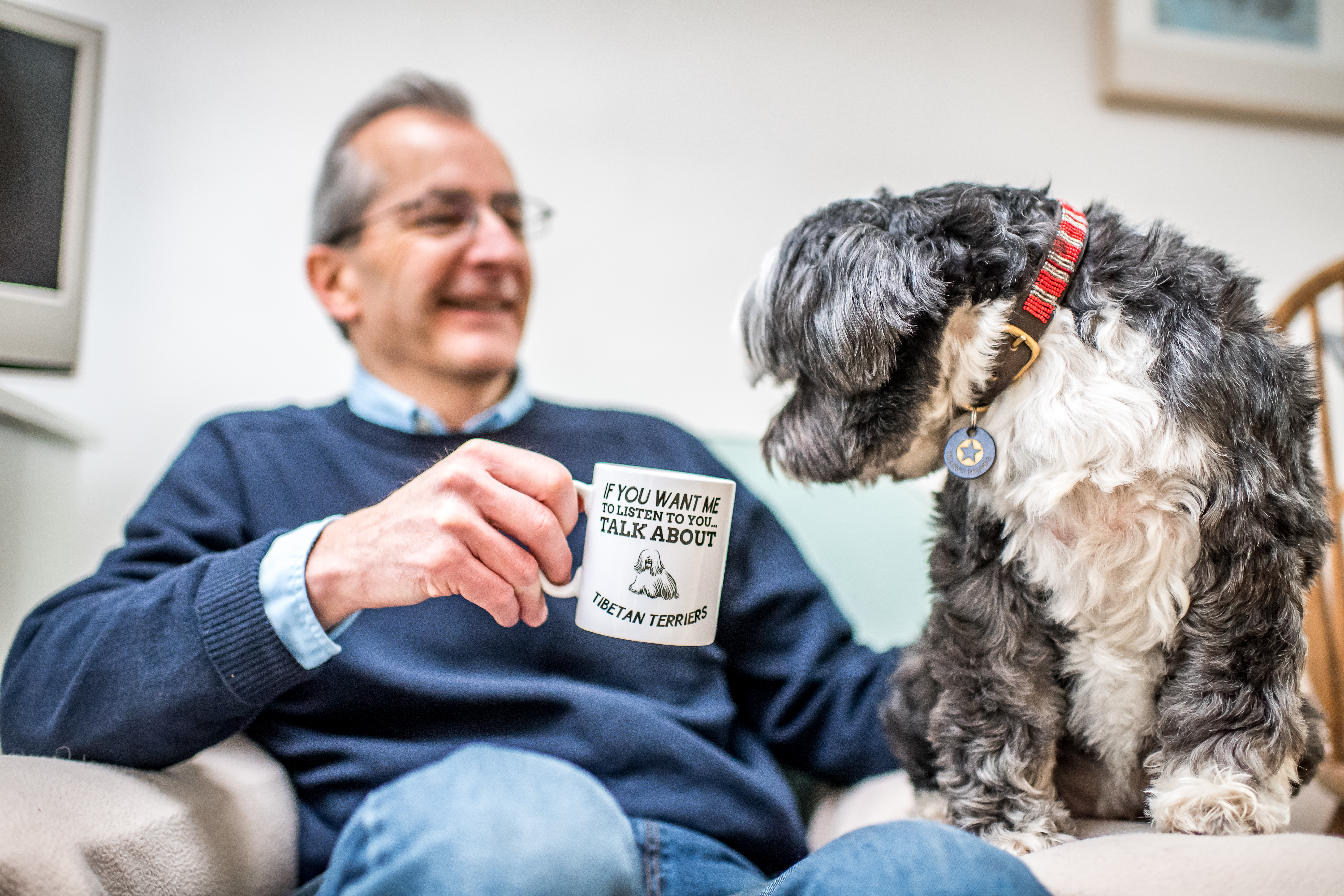
Their name, it turns out, is a red herring: Tibetans are genetically distinct from terriers and have much more in common with pastoral breeds, such as bearded collies. There’s a touch of the Dulux in their chunky physiques and they have the sweet, Steiffish faces of poodle crosses.
However, despite their good looks and all their appealing traits, ownership of a Tibetan has historically tended to be a niche pursuit. This might be something to do with their association with the show ring – a Tibetan terrier named Araki Fabulous Willy was named Crufts Best In Show in 2007 – but they’re not at all high maintenance: underneath the flowing Pantene locks is an athletic, agile dog that’s equally as happy romping in the mud as it is on a podium (and is very content with a cropped coat).
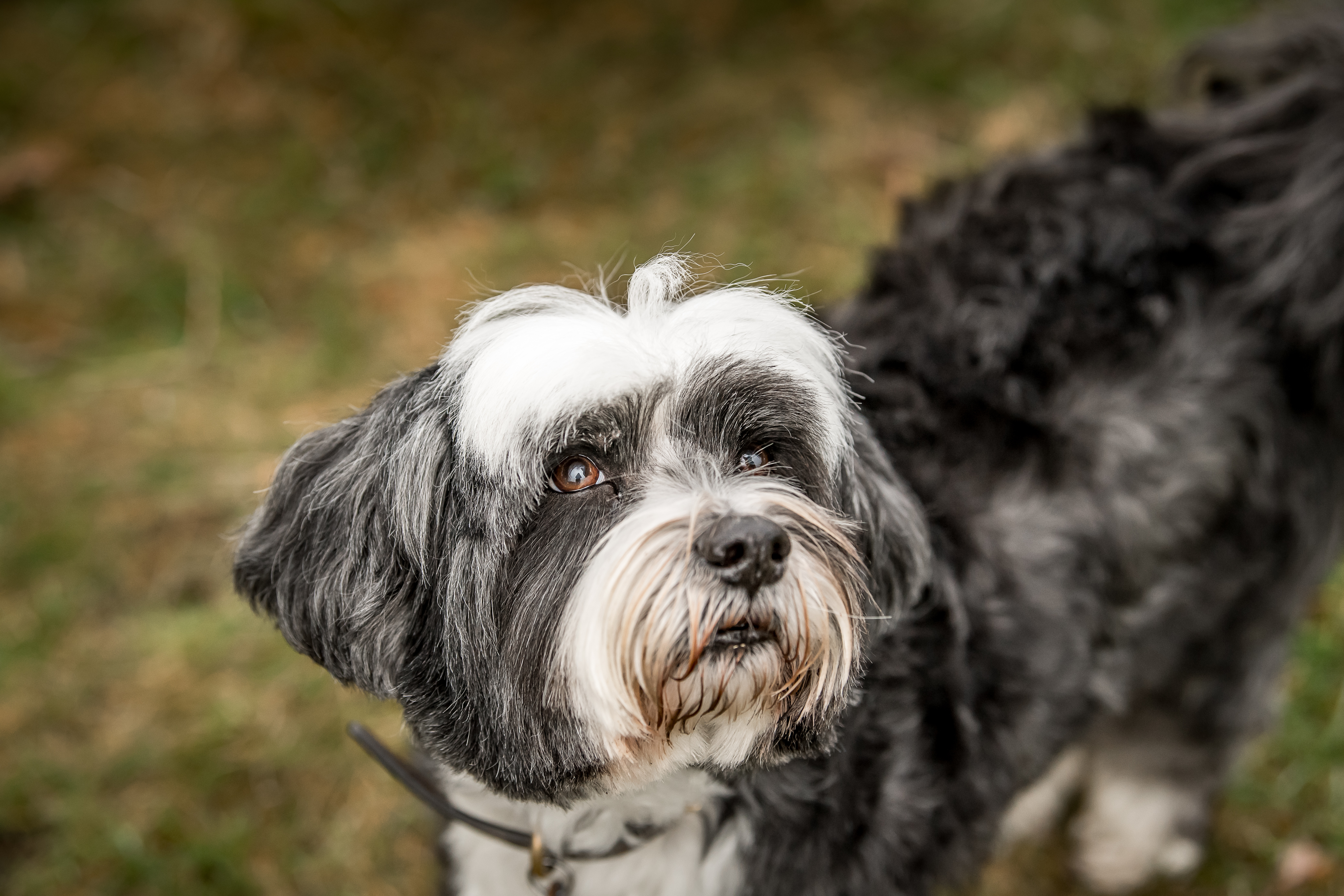
‘They’re companion dogs and they make excellent family animals,’ says Angela Draper Andrews, who breeds Tibetans under the Lasang name from a working farm in Hampshire. Her dogs take part in agility events and she’s continually impressed with their intelligence and adaptability. ‘Ours get on with everything here,’ she says. ‘I wouldn’t trust all of them with the chickens, I have to confess, but they take absolutely no notice of the sheep and the alpacas. And they only see a lead if they’re going to a show.’
When TV presenter Clare Balding was looking for a puppy to join her and now-wife Alice Arnold at their Chiswick home 13 years ago, she had dozens of dogs to choose from. ‘I was working on Crufts at the time, so I asked [fellow presenters] Jessica Holm and Frank Kane for their advice,’ she explains. ‘Alice is allergic to dog hair, so we had to look at ones that didn’t shed – I ended up going to see some Tibetans in the ring.’
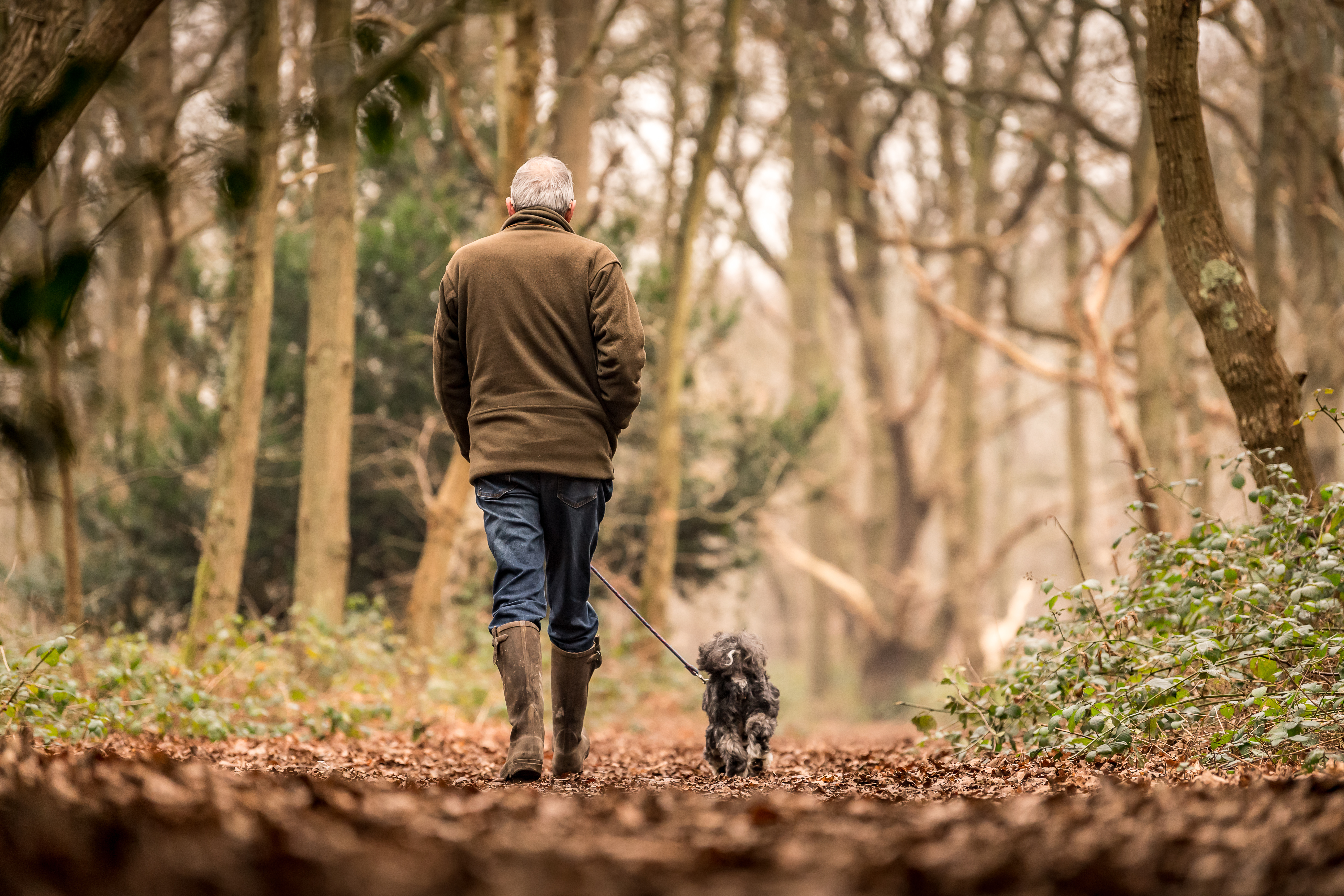
It was there that she met Ken Sinclair, Fabulous Willy’s breeder, and fell for a black-and-white puppy the couple named Archie.
Something of a national treasure in his own right, Archie accompanies Miss Balding to the Radio 2 studio (she’s tweeted a photo of him on her lap wearing headphones) and on yomps across the North York Moors for Radio 4. True to form, he wants to be included in every activity. ‘He’s always loved the car – even if I’m just driving to pick something up that doesn’t benefit him in any way, he’ll want to come with me and find it terribly exciting,’ she says.
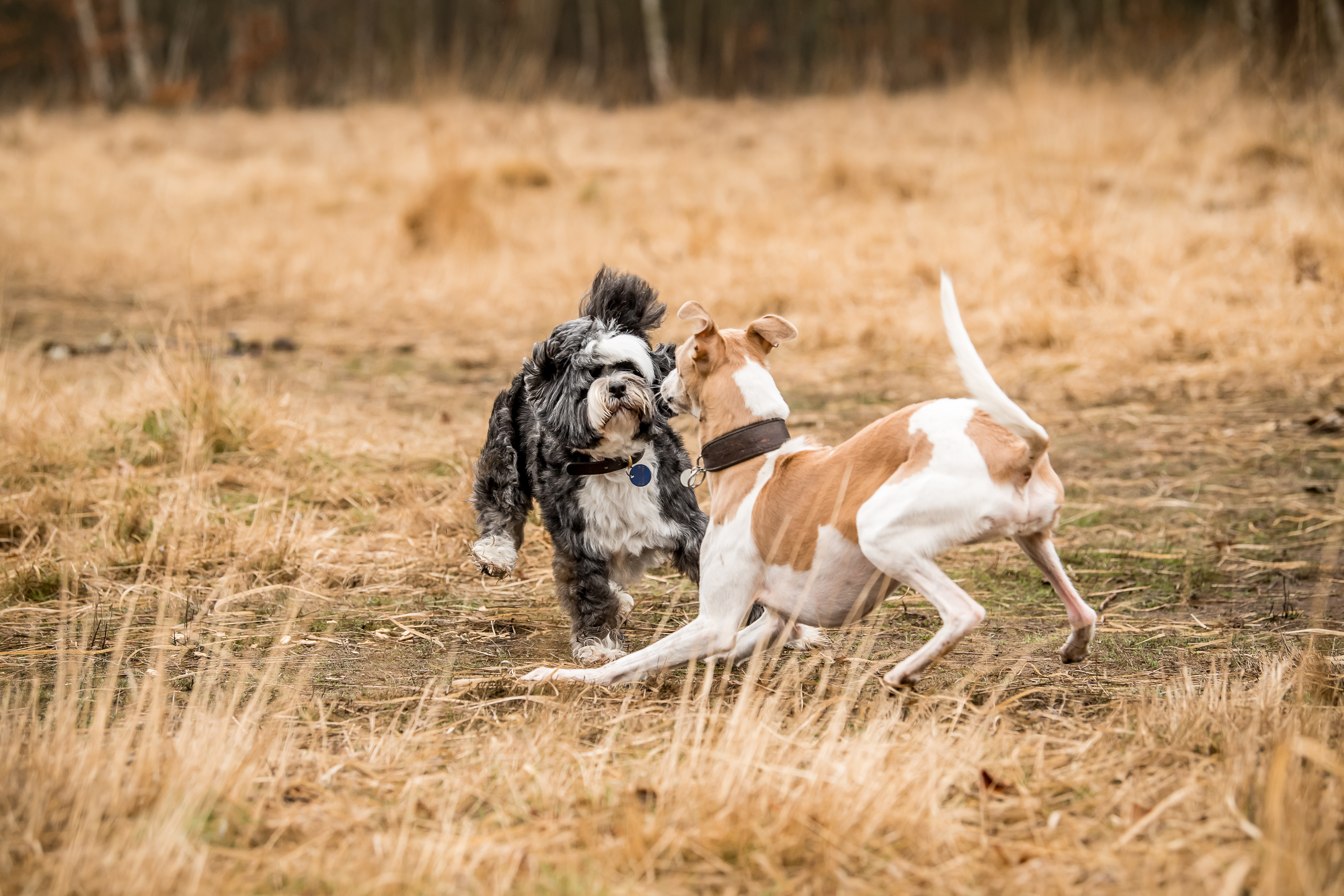
‘And when Alice and I were training for the Moonwalk [a marathon-length walking fundraiser], he’d come with us all the way around Richmond Park.’ Like their collie cousins, Tibetans aren’t easily led and are reluctant to comply with instructions they don’t see the point of. ‘If you have got food, Archie will do anything, but if you haven’t, he’ll sit in the middle of a field and refuse to budge,’ says Miss Balding.
‘He can be wilful; he’s got a very expensive bed we were given as a wedding present that he won’t go into. He doesn’t like people wearing hoodies, Alsatians and one specific black labrador and he doesn’t do anything useful such as retrieve – but I can’t imagine life without him.’

Today’s Tibetans might not be called upon to navigate a ravine any time soon, but their roots are still endearingly visible. They have a tendency to herd, for starters. ‘Archie definitely likes us all to be together in one room,’ admits Miss Balding. ‘If I’m working upstairs and Alice is downstairs, that confuses him.’
They also love wintery weather (their fluffy paws are natural snowshoes) and altitude. Internet forums are full of stories of Tibetans scaling ladders to get onto shed roofs and Mr Bonneville and Miss Balding’s Tibetans all gravitate towards the backs of sofas and tabletops.
‘It’s their mountain instincts; they definitely like being off the ground,’ notes Mr Bonneville. ‘I haven’t found either of mine up a tree yet, but you never know.’
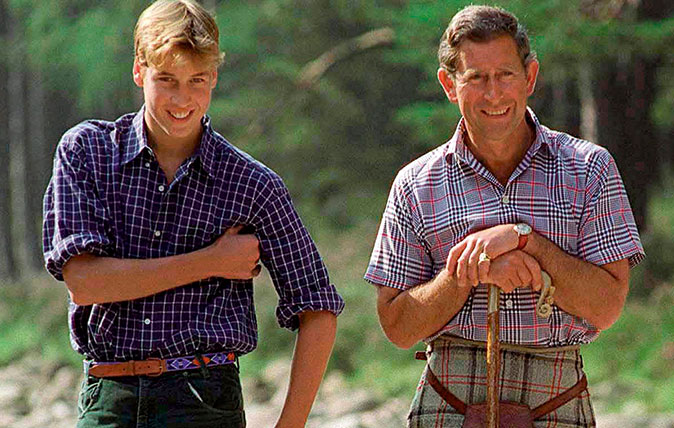
Credit: Getty
The Duke of Cambridge on the countryside, wildlife and passing on his father's inspiring example to George, Charlotte and Louis

Credit: John Millar/Country Life
The top ten British dog breeds that need saving and quickly
French bulldog wins top spot over labrador as some of the most quintessentially British breeds are pronounced 'vulnerable' by the

The Italian Greyhound: Tiny, beloved of royalty and anything but fast (until they put their minds to it)
Italian Greyhounds are a conundrum: for all their speed potential they're usually infuriatingly slow, miniature-sized – and they're not even
Emma Hughes lives in London and has spent the past 15 years writing for publications including the Guardian, the Telegraph, the Evening Standard, Waitrose Food, British Vogue and Condé Nast Traveller. Currently Country Life's Acting Assistant Features Editor and its London Life restaurant columnist, if she isn't tapping away at a keyboard she's probably taking something out of the oven (or eating it).
